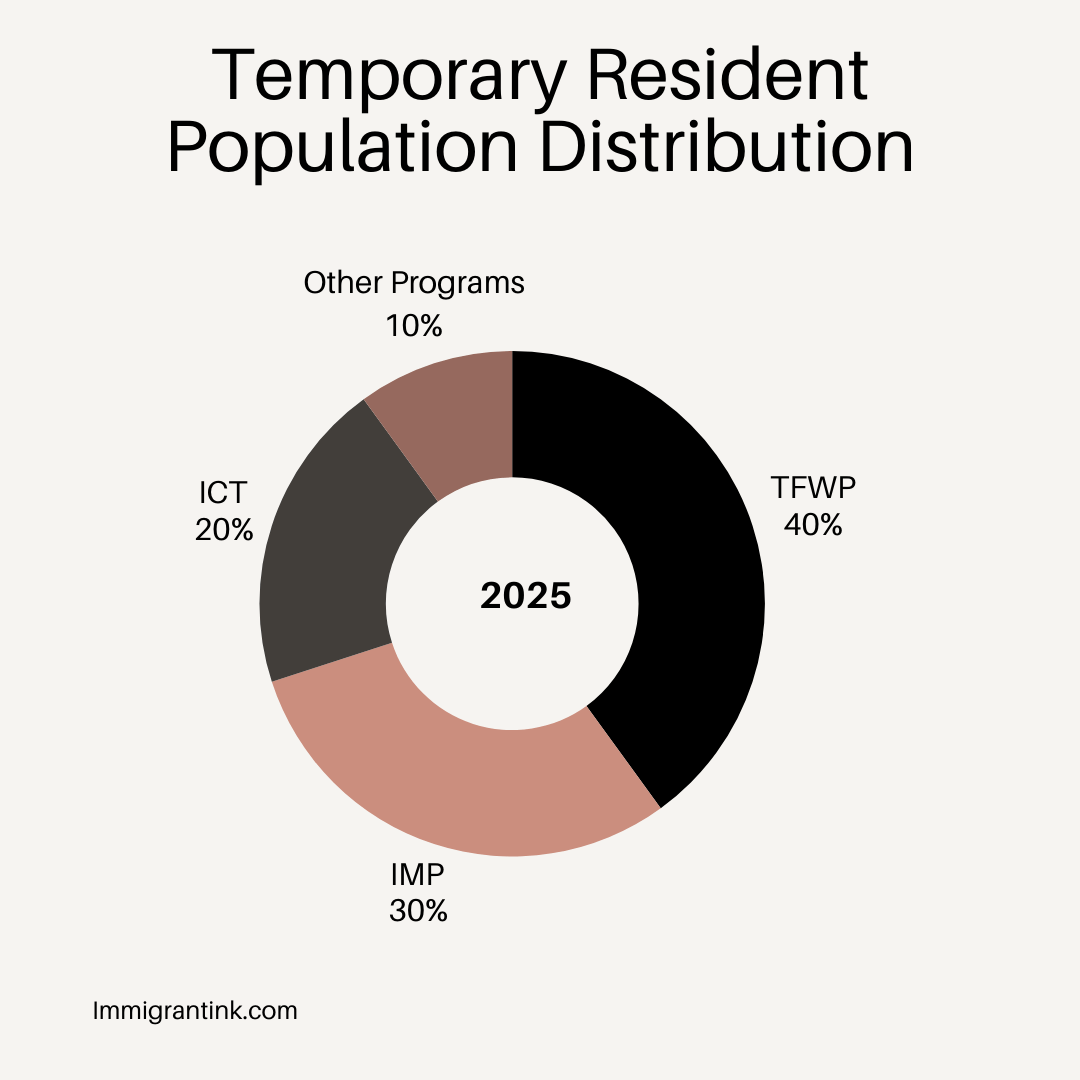In a recent announcement by Immigration Minister Marc Miller, Canada unveils a strategic shift in its immigration policies. The focal point of this paradigmatic shift revolves around the inclusion of temporary resident targets within the annual Immigration Levels Plan, commencing from fall 2024. This move marks a departure from the traditional approach where temporary resident levels were not integrated into the Immigration Levels Plan.
The Immigration Levels Plan traditionally delineated targets solely for the influx of new permanent residents to Canada over the forthcoming three years. However, Minister Miller’s recent announcement signals a comprehensive approach aimed at managing both permanent and temporary resident populations within the broader context of immigration policy.
Departure from Conventional Practices
Historically, the absence of specific targets or caps for permits issued through programs such as the Temporary Foreign Worker Program (TFWP), the International Mobility Program (IMP), and Intra-company Transfers (ICT) underscored a certain level of ambiguity in Canada’s immigration policy. Moreover, trade agreements like the Canada United States Mexico Agreement (CUSMA) further complicated the landscape by evading any quantitative restrictions on temporary residents.
Minister Miller elucidated that the incorporation of temporary residents into the Immigration Levels Plan is not tantamount to imposing a rigid cap. Instead, it aims to provide a structured framework to manage the influx of temporary residents effectively. He emphasized the imperative of stabilizing Canada’s population growth, citing the exponential rise in temporary foreign workers, which reached approximately 2.5 million individuals or 6.2% of the population in 2023.
Targeted Reduction in Temporary Resident Population
A pivotal aspect of this strategic realignment is the delineation of a tangible target to reduce the temporary resident population to 5% over the next three years. This reduction trajectory aligns with Canada’s broader objective of ensuring a sustainable immigration system that caters to the needs of both newcomers and the existing population.

Transitioning to Permanent Residency
In parallel with efforts to manage temporary resident populations, Canada aims to facilitate the transition of eligible temporary residents to permanent residency. This transition is envisaged through increased domestic draws for permanent residence, signaling a shift towards a more inclusive and streamlined immigration framework.
Strengthening the Provincial Nominee Program (PNP)
To complement these efforts, Provincial Nominee Program (PNP) draws are expected to prioritize candidates who are already in Canada as temporary residents. This strategic emphasis underscores the pivotal role of temporary residents in bolstering Canada’s economy and fostering long-term socio-economic growth.
The strategic recalibration of Canada’s immigration policy comes against the backdrop of the COVID-19 pandemic, which necessitated a comprehensive review of existing immigration programs. Minister Miller highlighted the tightening labor market, with Canada recovering 138% of the jobs lost during the pandemic, underscoring the pivotal role of immigration in sustaining economic resilience.
A Sustainable Immigration Paradigm
In conclusion, Canada’s initiative to integrate temporary resident targets within the Immigration Levels Plan reflects a strategic shift towards a more comprehensive and sustainable immigration paradigm. By effectively managing both permanent and temporary resident populations, Canada endeavors to navigate the complex socio-economic landscape while fostering inclusive growth and resilience.
For individuals contemplating Canadian immigration, understanding these policy shifts is crucial to navigating the evolving landscape effectively. Stay informed, stay prepared, and embark on your Canadian immigration journey with confidence.










